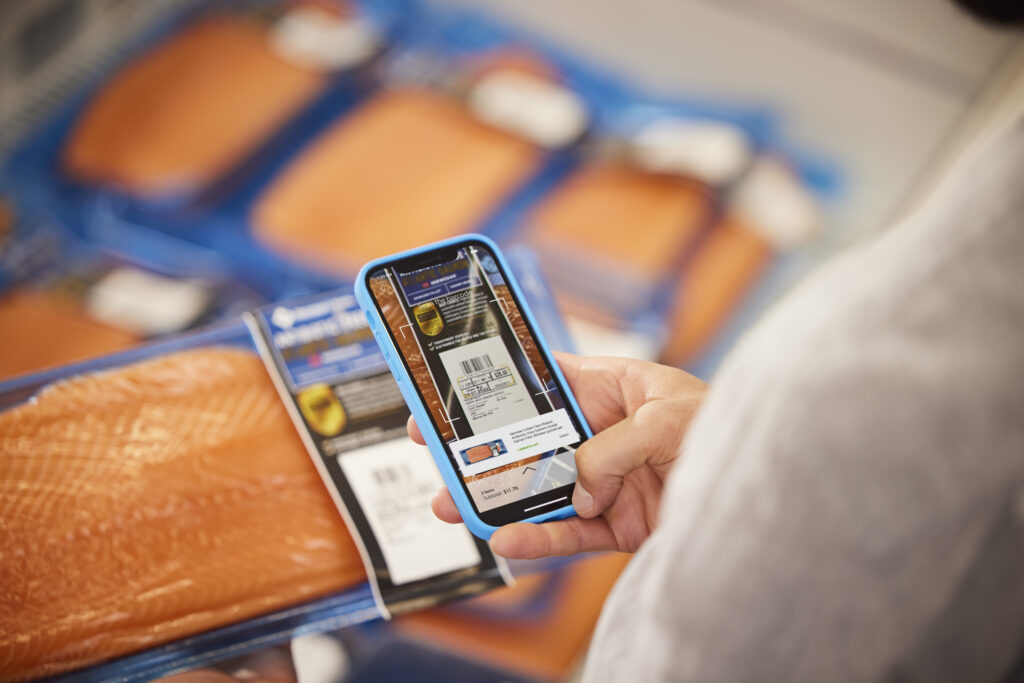An analysis of effective sales enablement tools available to brands on leading ecommerce websites
To help brands better understand the key content opportunities available on leading ecommerce websites, Mars UnitedSM Commerce this year began sharing the Digital Shelf Report, a cross-retailer assessment guide for brand success.
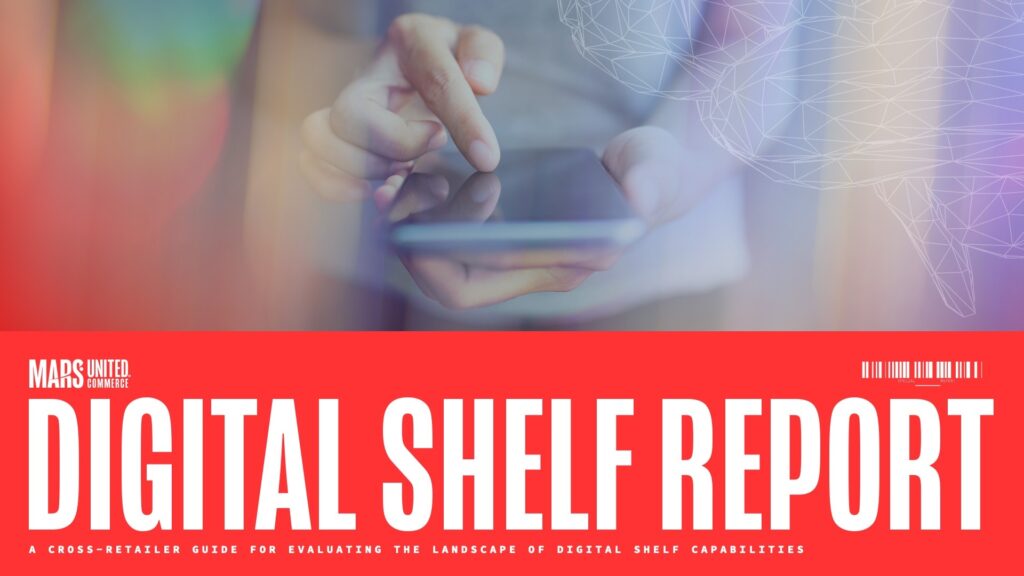
Included in the report is an assessment of 13 key Sales Tools, engagement levers that, if utilized (or earned), can amplify the discoverability, shoppability, and convertibility of products sold on the digital shelf.
The following article examines one of those tools: Social Sharing, a tool added to our coverage last quarter that is currently only available on Amazon.com and Walmart.com.
Social sharing refers to the act of distributing, posting, and/or reposting content through social media platforms or other digital communication vehicles using text, images, videos, or links.
Consumers themselves have been socially sharing as part of their shopping behavior pretty much since the smartphone was invented. And the practice has been incorporated into commerce marketing activity in various ways for a number of years, too. Amazon reports that shoppers have used the “Share” button in the Amazon Shopping app millions of times to contact friends across various messaging and social platforms this year alone.
But only recently have retailers started to develop formal, technologically advanced tools for their websites and apps in efforts to enhance the shopping experience and drive conversion. Here is what’s happening at Walmart and Amazon.
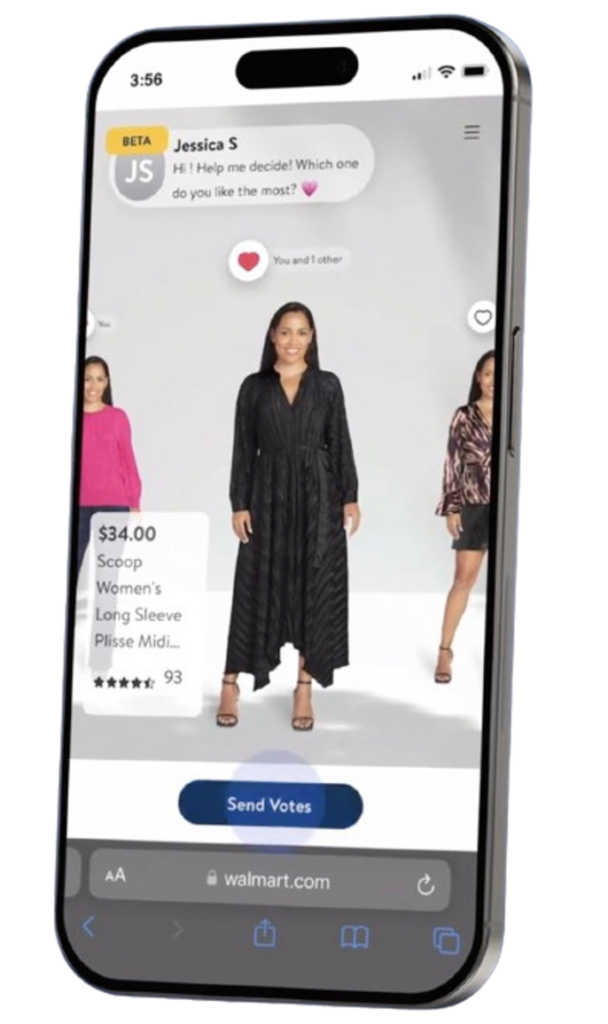
Walmart Shop with Friends is a feature currently in beta test that’s designed to make social shopping easier. It uses augmented reality and generative AI technologies to let shoppers virtually try on clothing. Users create a digital avatar that accurately reflects their height, weight, and body type.
They’re then able to mix and match different outfits to see how they look, and share their selections with family and friends to get feedback via text, email or social media platforms. The recipients are invited to “heart” their favorites, ultimately helping to influence the decision-making process.
The goal is to streamline the social sharing process for shoppers across mobile devices, as well as to provide an engaging, interactive experience. But it also extends that experience beyond the initial shopper to engage other consumers and expose them to products.
Meanwhile, Amazon has introduced a collaborative sharing feature called “Consult a Friend.” This relatively new mobile experience lets users quickly and easily request, view, and manage feedback about products from friends within the Amazon Shopping app.
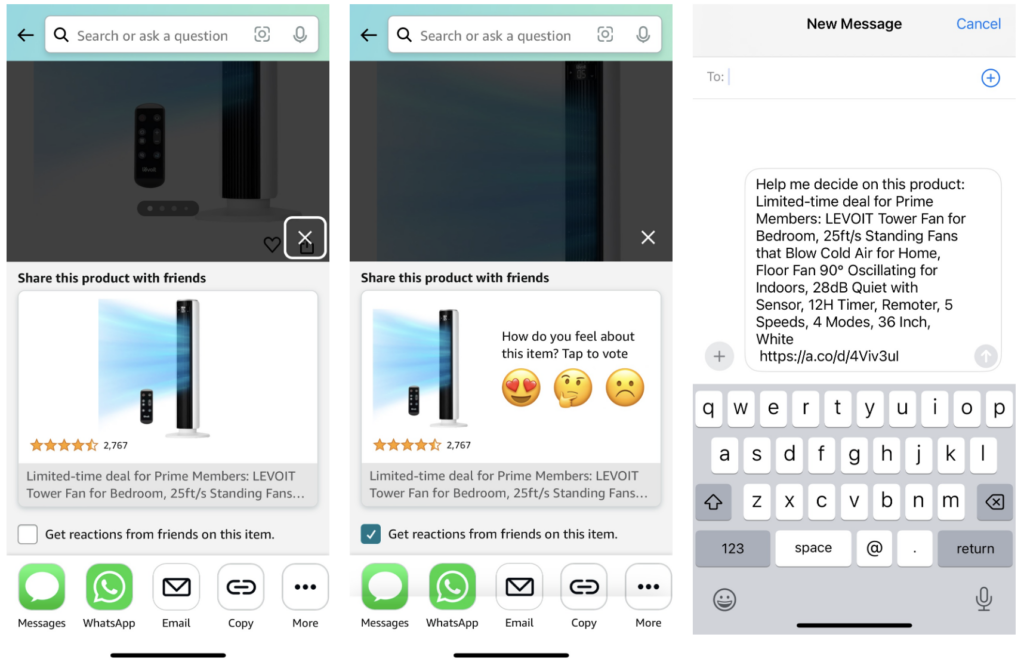
Shoppers select their send messages directly to friends, who then tap a “Consult a Friend” link to enter the Amazon Shopping app, where they view product details and can reply with emojis or comments. The shopper then easily reviews all the feedback that’s received to help make the purchase decision.
Amazon launched another in-app feature called “Inspire” last year. It’s a social content feed that’s personalized with shoppable photos and videos tailored to each user’s specific interests. The idea is to inspire shoppers by exposing them to relevant new products.
Users themselves can create shoppable content or submit product reviews that will be considered for posting on Inspire. Members of the Amazon Influencer Program are eligible to earn money by making shoppable posts using photos or videos. And brands enrolled in Amazon’s Brand Registry with an active Brand Store will have their Brand Posts considered for sharing, too.
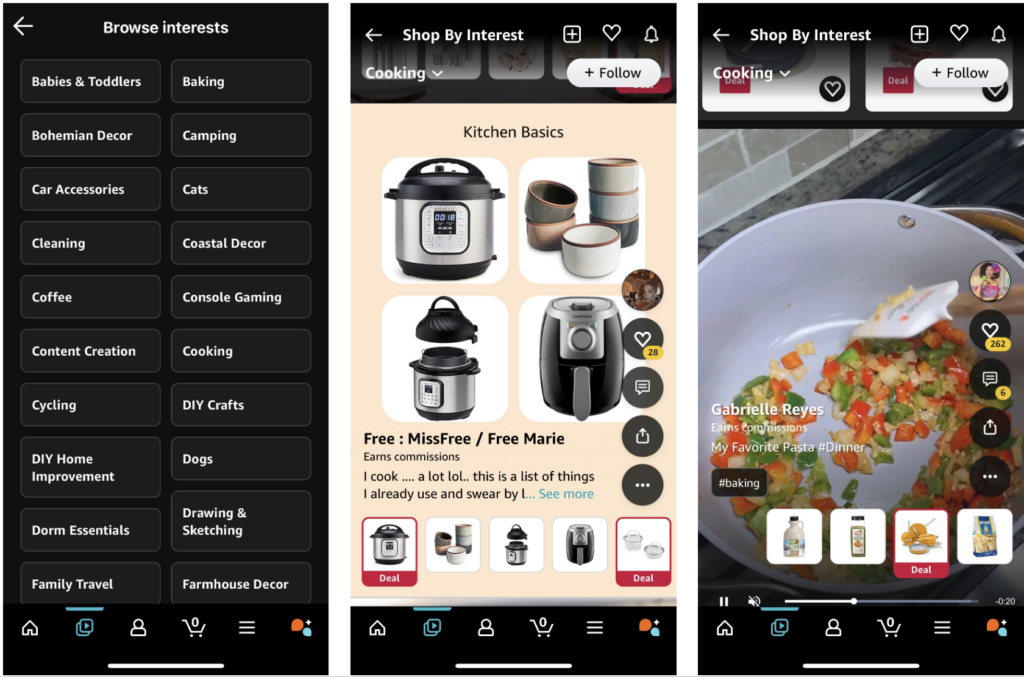
We expect more retailers to roll out similar tools that will let shoppers on their websites seamlessly use social sharing to help them make purchase decisions. Target, for one, has been actively working to imbue its website with tools that emulate the social media experience to better engage with younger consumers.
The information provided in the Digital Shelf Report only scratches the surface of the ecommerce guidance Mars United deliver to our clients. Optimizing the digital shelf demands a blend of art and science in which brands must appeal to shopper preferences while simultaneously adhering to the retailer’s content criteria — using a mixture of deep shopper insights, extensive retailer intelligence, and ecommerce expertise for which Mars United is uniquely suited to provide. If you’d like to learn more, contact Kristin Wall, VP-Ecommerce, at [email protected].


